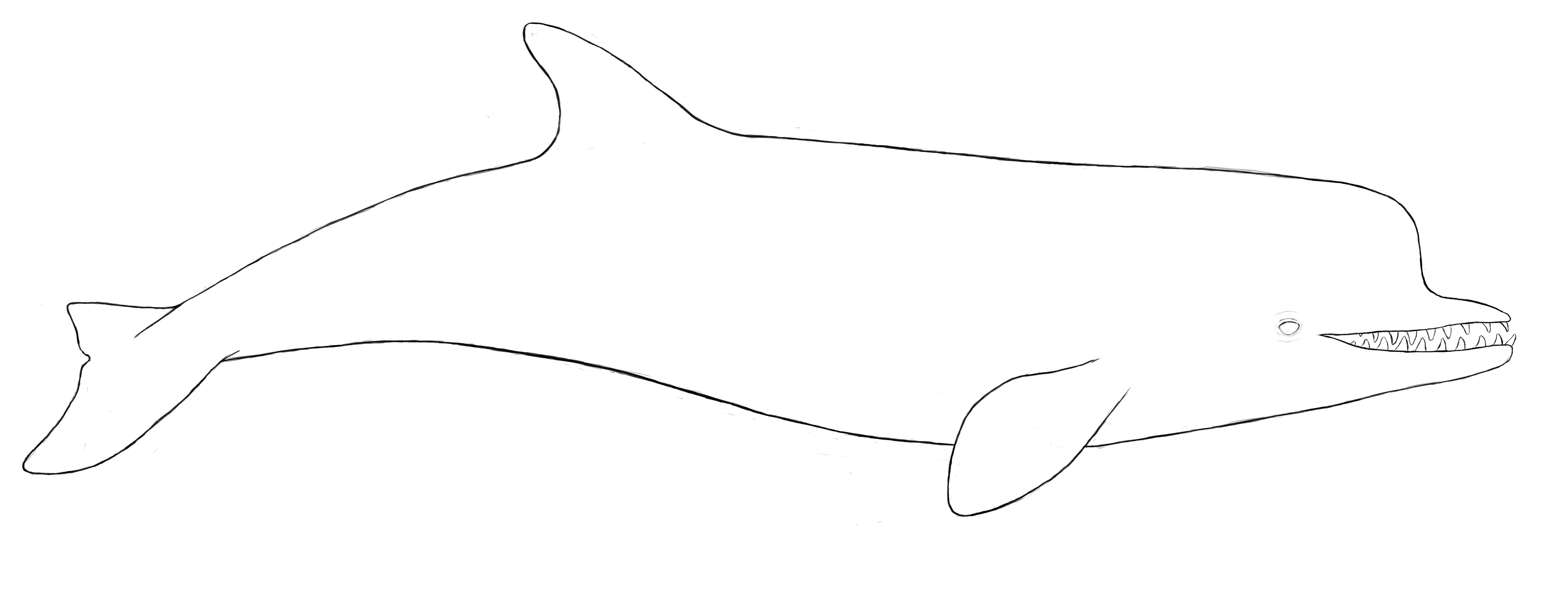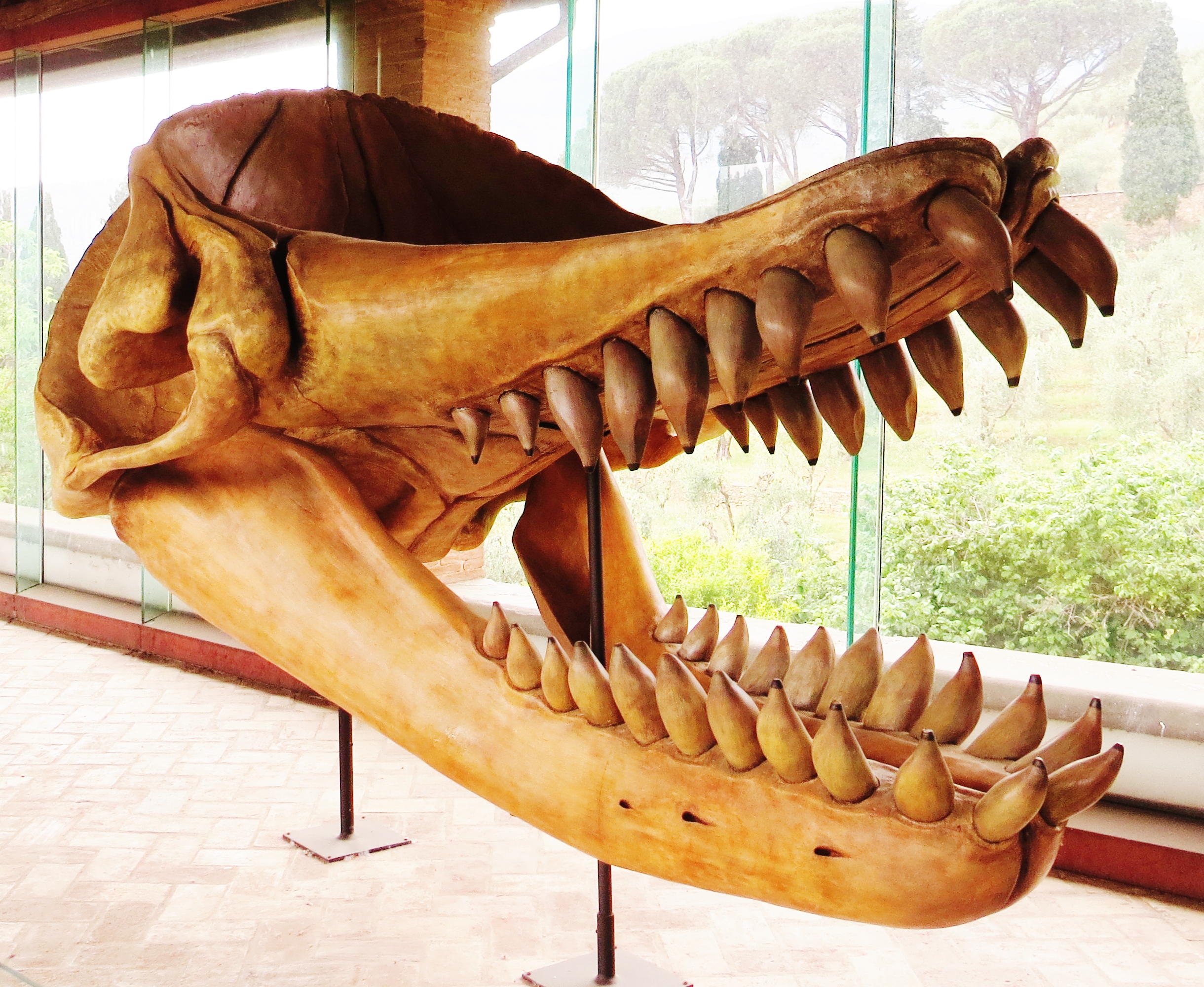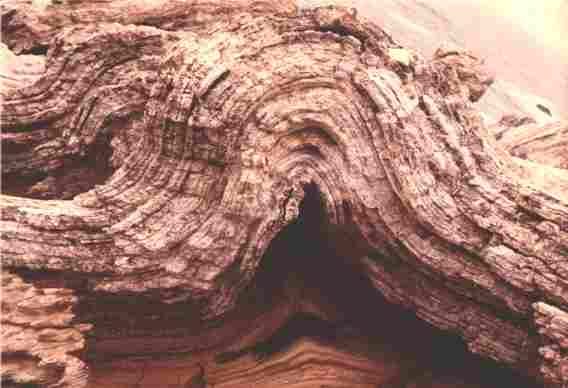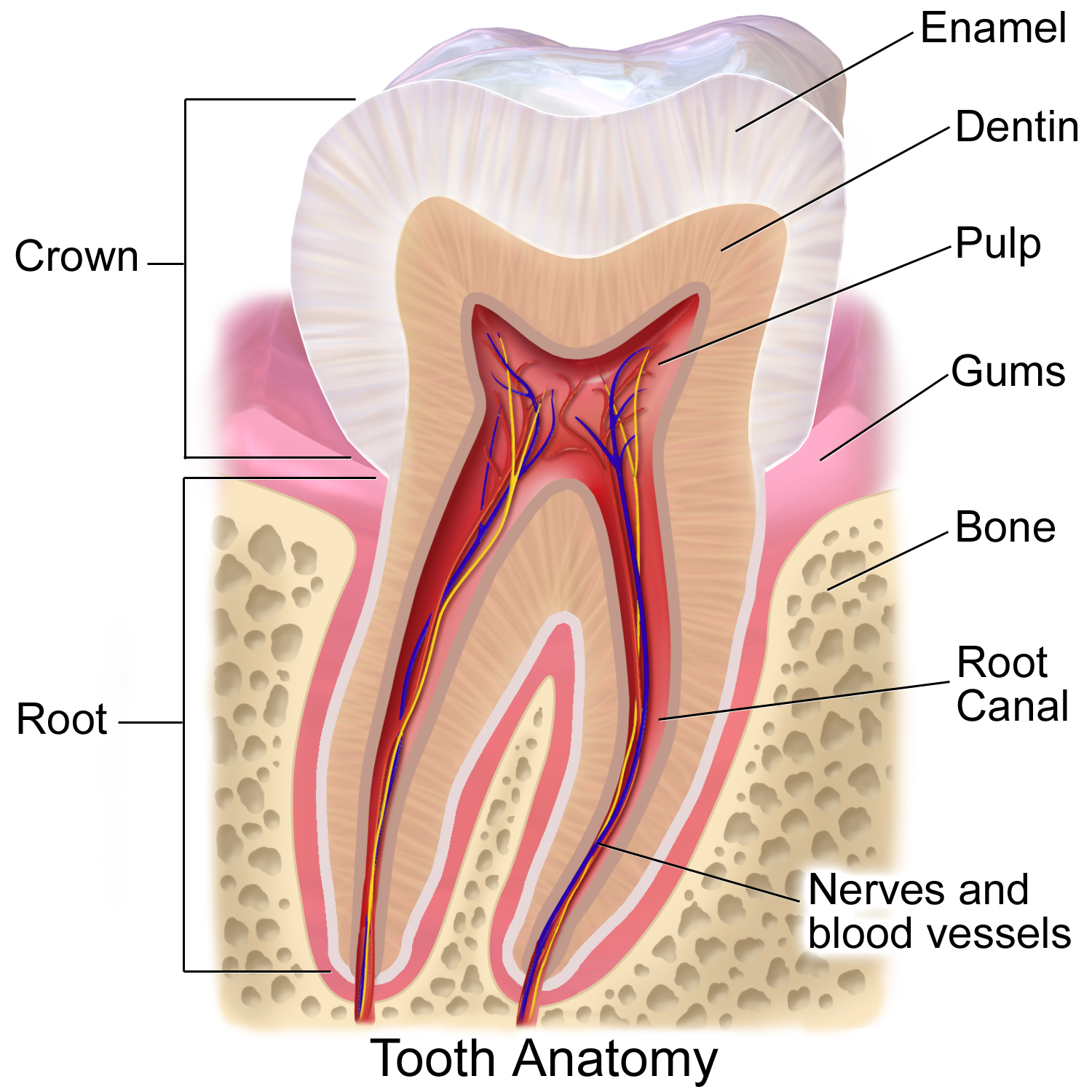|
Albicetus
''Albicetus'' is a genus of Stem group, stem-sperm whales that lived during the Miocene Epoch, around 15 million years ago, and was discovered in Santa Barbara, California in 1909. It was categorized for decades as belonging to a group of extinct walruses erroneously thought to be sperm whales. It was named ''Albicetus'', meaning "white whale", is a reference to Moby Dick (whale), the leviathan in Herman Melville's classic 1851 novel ''Moby-Dick''. Taxonomy Etymology The genus ''Albicetus'' derives from the Latin ''albus'' "white" and ''cetus'' "whale", and so literally means "white whale". It was named in reference to the antagonist Moby Dick (whale), Moby Dick from Herman Melville's novel ''Moby-Dick''. This reference was done both in honor of Melville and as a reference to the most notable traits of the Moby Dick–including an "unwonted magnitude", light color, and a crooked and deformed lower jaw–which coincidentally also describe the traits found in the ''Albicetus oxym ... [...More Info...] [...Related Items...] OR: [Wikipedia] [Google] [Baidu] |
Macroraptorial Sperm Whale
Macroraptorial sperm whales were highly predatory whales of the sperm whale superfamily (Physeteroidea) of the Miocene epoch (geology), epoch that hunted large marine mammals, including other whales, using their large teeth. They consist of six genera: ''Acrophyseter'', ''Albicetus'', ''Brygmophyseter'', ''Livyatan'', ''Scaldicetus'', and ''Zygophyseter''. All species are known by at least a skull, and are informally grouped without a family (biology), family designation. They were all likely the apex predator of their habitats, comparable to the modern day killer whale (''Orcinus orca''), and achieved great lengths, with one species—''Livyatan''—measuring about . The term "macroraptorial" combines the prefixes "macro-", derived from the Greek "makros" (μακρός) (meaning "long", "large" or "great") and "raptorial" from both the Latin "rapere" (ra.pi.o and räpio) and (ra.pi.o and räːpio) and "raptus" (rap.tʊs and räpt̪ʊs̠) and (rap.tus and räpt̪us) in both Classica ... [...More Info...] [...Related Items...] OR: [Wikipedia] [Google] [Baidu] |
Ontocetus
''Ontocetus'' is an extinct genus of walrus, an aquatic carnivoran of the family Odobenidae, endemic to coastal regions of the southern North Sea and the southeastern coastal regions of the U.S. during the Miocene-Pleistocene. It lived from 13.6 mya—300,000 years ago, existing for approximately . Taxonomy The type species, ''Ontocetus emmonsi'', was named by Joseph Leidy in 1859 on the basis of a single tusk-like tooth (USNM 329064) collected by Ebenezer Emmons from the early Pliocene ( Zanclean) Yorktown Formation of North Carolina. In the meantime, marine mammals fossils were being unearthed in Neogene deposits in the vicinity of Antwerp, Belgium as well as Suffolk, England. One of these fossils was identified as an odobenid and named ''Alachtherium cretsii.'' in 1867. An isolated tooth (RBINS 2892) was named ''Trichechodon koninckii'' in 1871. The fossils from Suffolk were named ''Trichechodon huxleyi'' in 1865. For decades, however, ''Ontocetus'' was tossed aside as ... [...More Info...] [...Related Items...] OR: [Wikipedia] [Google] [Baidu] |
Scaldicetus
''Scaldicetus'' is an extinct genus of highly predatory macroraptorial sperm whale. Although widely used for a number of extinct physeterids with primitive dental morphology consisting of enameled teeth, ''Scaldicetus'' as generally recognized appears to be a wastebasket taxon filled with more-or-less unrelated primitive sperm whales. Taxonomy ''Scaldicetus'' is known from the Miocene to Pleistocene deposits of Western Europe, the U.S. (California, Florida, Maryland, Virginia), Baja Peninsula, Peru, New South Wales, and Japan. However, ''Scaldicetus'' is probably a grade taxon, and fossil teeth assigned to it (largely due to the lack of distinguishing characteristics in fossil teeth alone) probably represent more-or-less unrelated sperm whales united by their primitive characteristics rather than actual ancestry. Consequently, this would inflate the genus's distribution. The name ''Scaldicetus caretti'' was coined in 1867 from numerous sperm whale teeth collected in Neogene ... [...More Info...] [...Related Items...] OR: [Wikipedia] [Google] [Baidu] |
Monterey Formation
The Monterey Formation is an extensive Miocene oil-rich geology, geological sedimentary formation in California, with outcrops of the formation in parts of the California Coast Ranges, Peninsular Ranges, and on some of California's off-shore islands. The Type locality (geology), type locality is near the city of Monterey, California. The Monterey Formation is the major source-rock for 37 to 38 billion barrels of oil in conventional traps such as sandstones. This is most of California's known oil resources. The Monterey has been extensively investigated and mapped for Hydrocarbon exploration, petroleum potential, and is of major importance for understanding the complex geological history of California. Its rocks are mostly highly siliceous strata that vary greatly in composition, stratigraphy, and Tectonostratigraphy, tectono-stratigraphic history. The US Energy Information Administration (EIA) estimated in 2014 that the 1,750 square mile Monterey Formation could, as a ... [...More Info...] [...Related Items...] OR: [Wikipedia] [Google] [Baidu] |
Tooth Enamel
Tooth enamel is one of the four major Tissue (biology), tissues that make up the tooth in humans and many animals, including some species of fish. It makes up the normally visible part of the tooth, covering the Crown (tooth), crown. The other major tissues are dentin, cementum, and Pulp (tooth), dental pulp. It is a very hard, white to off-white, highly mineralised substance that acts as a barrier to protect the tooth but can become susceptible to degradation, especially by acids from food and drink. In rare circumstances enamel fails to form, leaving the underlying dentin exposed on the surface. Features Enamel is the hardest substance in the human body and contains the highest percentage of minerals (at 96%),Ross ''et al.'', p. 485 with water and organic material composing the rest.Ten Cate's Oral Histology, Nancy, Elsevier, pp. 70–94 The primary mineral is hydroxyapatite, which is a crystalline calcium phosphate. Enamel is formed on the tooth while the tooth develops wit ... [...More Info...] [...Related Items...] OR: [Wikipedia] [Google] [Baidu] |
Sperm Whale
The sperm whale or cachalot (''Physeter macrocephalus'') is the largest of the toothed whales and the largest toothed predator. It is the only living member of the Genus (biology), genus ''Physeter'' and one of three extant species in the sperm whale superfamily Physeteroidea, along with the pygmy sperm whale and dwarf sperm whale of the genus ''Kogia''. The sperm whale is a pelagic mammal with a worldwide range, and will migrate seasonally for feeding and breeding. Females and young males live together in groups, while mature males (bulls) live solitary lives outside of the mating season. The females cooperate to protect and Lactation, nurse their young. Females give birth every four to twenty years, and care for the calves for more than a decade. A mature, healthy sperm whale has no natural predators, although calves and weakened adults are sometimes killed by Cetacea#Social relations, pods of killer whales (orcas). Mature males average in length, with the head represent ... [...More Info...] [...Related Items...] OR: [Wikipedia] [Google] [Baidu] |
Virginia Museum Of Natural History
The Virginia Museum of Natural History is the state's natural history museum located in Martinsville, Virginia founded in 1984. The museum has several different award-winning publications, is affiliated with the Smithsonian Institution, and has more than 22 million items. This includes the first intact stromatolite head ever found in Virginia, which is one of the largest complete 'heads' in the world, at over 5 feet in diameter and weighing over 2 tons. History The Virginia Museum of Natural History was founded in 1984 as The Boaz Foundation, named after Dr. Noel T. Boaz, Founding Director, along with co-founder Dr. Dorothy Dechant Boaz. The museum was founded as a private institution, but on June 2, 1985, the museum opened to the public with the new and current name. Three years later in 1988, local and statewide leaders such as Speaker of the Virginia General Assembly, A. L. Philpott, helped the museum become an agency of the Commonwealth of Virginia. The first meeting of the ... [...More Info...] [...Related Items...] OR: [Wikipedia] [Google] [Baidu] |
Wastebasket Taxon
Wastebasket taxon (also called a wastebin taxon, dustbin taxon or catch-all taxon) is a term used by some taxonomists to refer to a taxon that has the purpose of classifying organisms that do not fit anywhere else. They are typically defined by either their designated members' often superficial similarity to each other, or their ''lack'' of one or more distinct character states or by their ''not'' belonging to one or more other taxa. Wastebasket taxa are by definition either paraphyletic or polyphyletic, and are therefore not considered valid taxa under strict cladistic rules of taxonomy. The name of a wastebasket taxon may in some cases be retained as the designation of an evolutionary grade, however. Examples There are many examples of paraphyletic groups, but true "wastebasket" taxa are those that are known not to, and perhaps not intended to, represent natural groups, but are nevertheless used as convenient groups of organisms. The acritarchs are perhaps the most famous ex ... [...More Info...] [...Related Items...] OR: [Wikipedia] [Google] [Baidu] |
Odobenidae
Odobenidae is a family of pinnipeds, of which the only extant species is the walrus (''Odobenus rosmarus''). In the past, however, the group was much more diverse, and includes more than a dozen fossil genera. Taxonomy All genera, except '' Odobenus'', are extinct. *†'' Archaeodobenus'' *†'' Prototaria'' *†'' Proneotherium'' *†'' Nanodobenus'' *†'' Neotherium'' *†'' Imagotaria'' *†'' Kamtschatarctos'' *†''Pelagiarctos'' *†''Pontolis'' *†'' Pseudotaria'' *†'' Titanotaria'' *Clade Neodobenia **†'' Gomphotaria'' **Subfamily Dusignathinae ***†'' Dusignathus'' **Subfamily Odobeninae ***†'' Aivukus'' ***†''Ontocetus ''Ontocetus'' is an extinct genus of walrus, an aquatic carnivoran of the family Odobenidae, endemic to coastal regions of the southern North Sea and the southeastern coastal regions of the U.S. during the Miocene-Pleistocene. It lived from 1 ...'' ***†'' Pliopedia'' ***†'' Protodobenus'' ***†'' Valenictus'' ***'' Odobenus'' In r ... [...More Info...] [...Related Items...] OR: [Wikipedia] [Google] [Baidu] |
Type Species
In International_Code_of_Zoological_Nomenclature, zoological nomenclature, a type species (''species typica'') is the species name with which the name of a genus or subgenus is considered to be permanently taxonomically associated, i.e., the species that contains the biological Type (biology), type wiktionary:en:specimen, specimen (or specimens). Article 67.1 A similar concept is used for suprageneric groups and called a type genus. In botanical nomenclature, these terms have no formal standing under the International Code of Nomenclature for algae, fungi, and plants, code of nomenclature, but are sometimes borrowed from zoological nomenclature. In botany, the type of a genus name is a specimen (or, rarely, an illustration) which is also the type of a species name. The species name with that type can also be referred to as the type of the genus name. Names of genus and family ranks, the various subdivisions of those ranks, and some higher-rank names based on genus names, have suc ... [...More Info...] [...Related Items...] OR: [Wikipedia] [Google] [Baidu] |
Systematic Biology
Systematics is the study of the diversification of living forms, both past and present, and the relationships among living things through time. Relationships are visualized as evolutionary trees (synonyms: phylogenetic trees, phylogenies). Phylogenies have two components: branching order (showing group relationships, graphically represented in cladograms) and branch length (showing amount of evolution). Phylogenetic trees of species and higher taxa are used to study the evolution of traits (e.g., anatomical or molecular characteristics) and the distribution of organisms (biogeography). Systematics, in other words, is used to understand the evolutionary history of life on Earth. The word systematics is derived from the Latin word of Ancient Greek origin '' systema,'' which means systematic arrangement of organisms. Carl Linnaeus used 'Systema Naturae' as the title of his book. Branches and applications In the study of biological systematics, researchers use the different branch ... [...More Info...] [...Related Items...] OR: [Wikipedia] [Google] [Baidu] |
Carnegie Institution Of Washington
The Carnegie Institution for Science, also known as Carnegie Science and the Carnegie Institution of Washington, is an organization established to fund and perform scientific research in the United States. This institution is headquartered in Washington, D.C. , the Institution's endowment was valued at $926.9 million. In 2018, the expenses for scientific programs and administration were $96.6 million. American astrophysicist John Mulchaey is the current president of the institution. Name More than 20 independent organizations were established through the philanthropy of Andrew Carnegie and feature his surname. In 2024, the "Carnegie Institution for Science" officially adopted the name "Carnegie Science", a name which has been used informally since 2007 when they first changed the name from "Carnegie Institution of Washington" to "Carnegie Institution for Science". History It is proposed to found in the city of Washington, an institution which ... shall in the broad ... [...More Info...] [...Related Items...] OR: [Wikipedia] [Google] [Baidu] |







